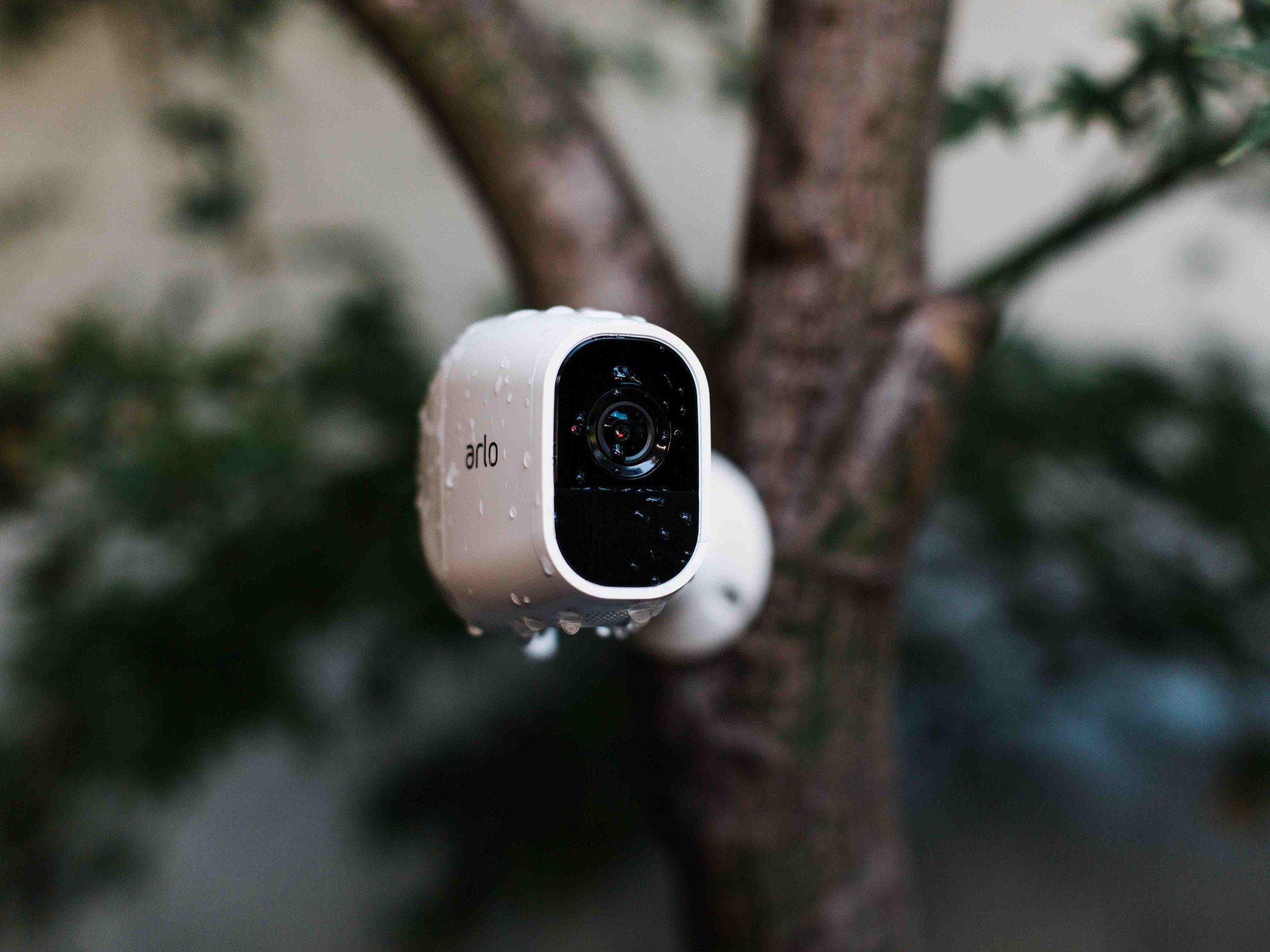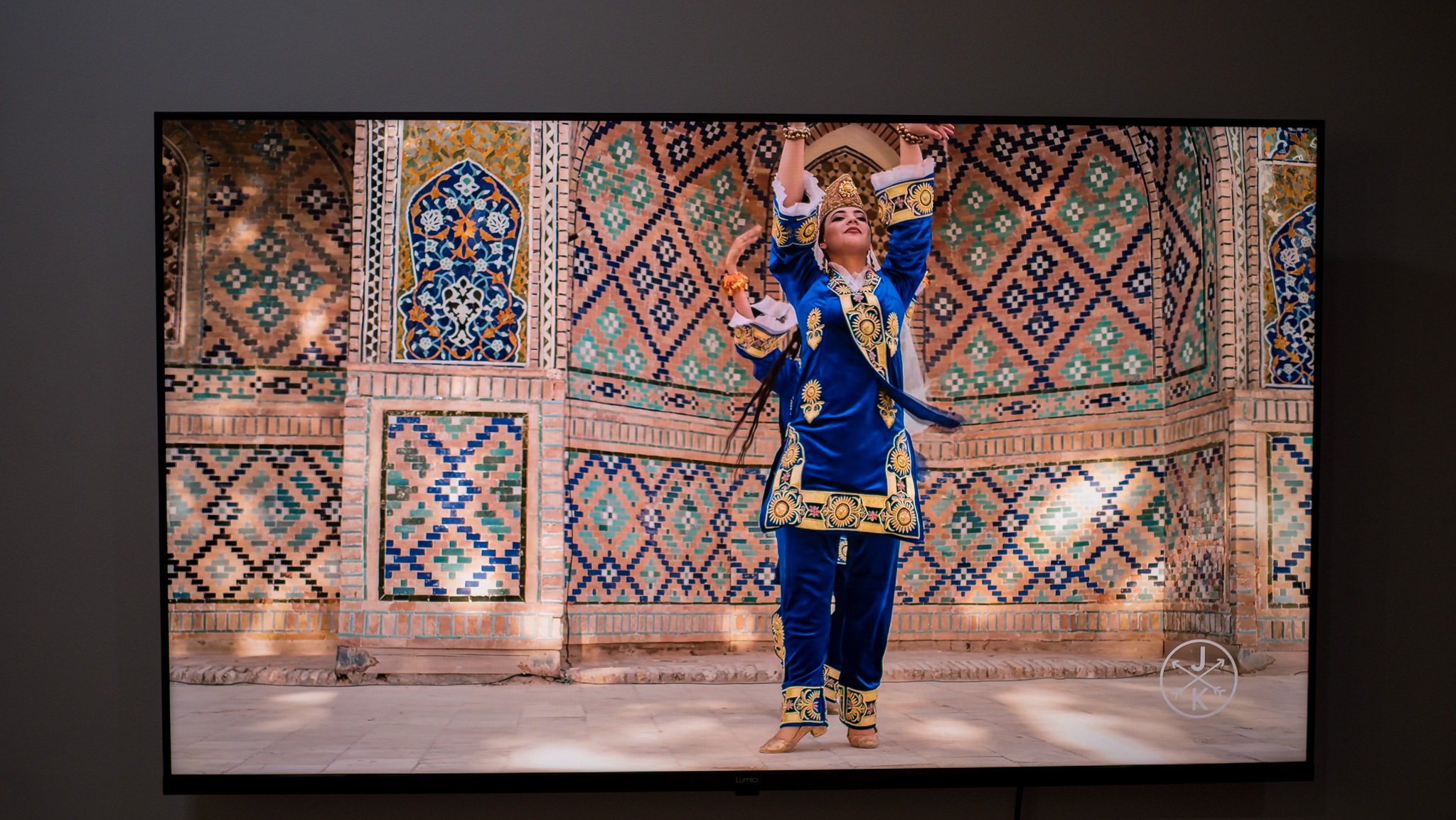Connected security cameras come in all shapes and sizes and trying to make sure you get what you need the first time can be a pain. Nobody wants to set up a security system more than once. I've been using the Arlo Pro 2 system — one camera outside with a pair of Arlo Security Lights and one camera inside aimed at the front door — for a while and can say it takes most of the hassle away from it all. Easy to use and easy to set up, and a couple of extra features make it one of the best choices available for any DIY system at any price.
Pros:
- 100 percent wireless.
- Weather-resistant.
- 1080p video.
- 24/7 recording with a local storage option.
- 130-degree field of view.
Cons:
- Expensive.
- Battery life depends on strong Wi-Fi.
- Lights require their own bridge.
What you'll love about the Arlo Pro 2 system
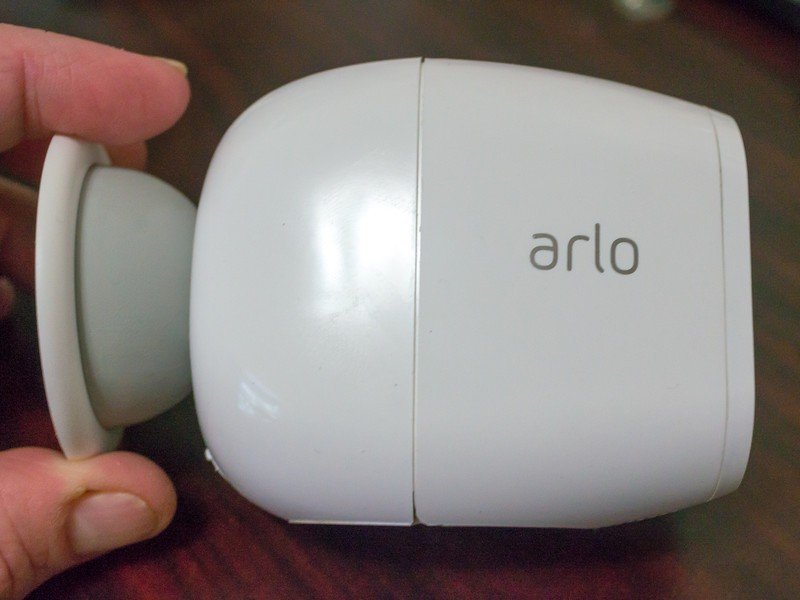
Arlo takes the plug-and-play philosophy and extends it to security cameras. That's not unique; I've used several brands that just work as soon as they are connected. But how Arlo does it and all the extra features make it great.
The Arlo Pro 2 offers the features you expect in a pro system with none of the setup — or the wiring.
Set up is simple. You register an Arlo account, and with any Android phone or iPhone, you follow the steps in the well-presented app to get things up and running in no time. Arlo uses a base station that you connect to your home network, and the app and cameras use it to communicate with each other anywhere you have good Wi-Fi coverage. You'll be able to stream full 1080p video at great quality through the app or any device with a web browser, from anywhere in the world once you're set up.
| Category | Spec |
|---|---|
| Resolution | 1080p |
| Audio | Full duplex |
| Field of view | 130 degrees |
| Alerts | Motion and audio |
| Mounting options | Magnetic, 1/4-20 threaded mount |
| Connectivity | Android, iOS, Amazon Echo, and Google Assistant |
The Arlo Pro 2 also has full two-way audio communication with a microphone and speaker on each camera. I've found it can be a little quiet, but once both parties realize this and speak a little louder than normal, you can communicate easily. The audio is fine for it's intended purpose — you're not going to want to listen to your favorite music through your camera, but it will pick up the sounds to go with whatever it sees when it's triggered.
When plugged into AC power, you can set up specific motion zones to trigger the camera. When running on battery, this option isn't available, but the camera seems to do a good job anyway. My car will trigger it when I pull into the drive, but the dog running across the driveway usually won't. When the camera is moved closer to the action, the dog will trigger it every time. I think it does a great job balancing the power restraints of being wireless with the importance of capturing what it needs to see.
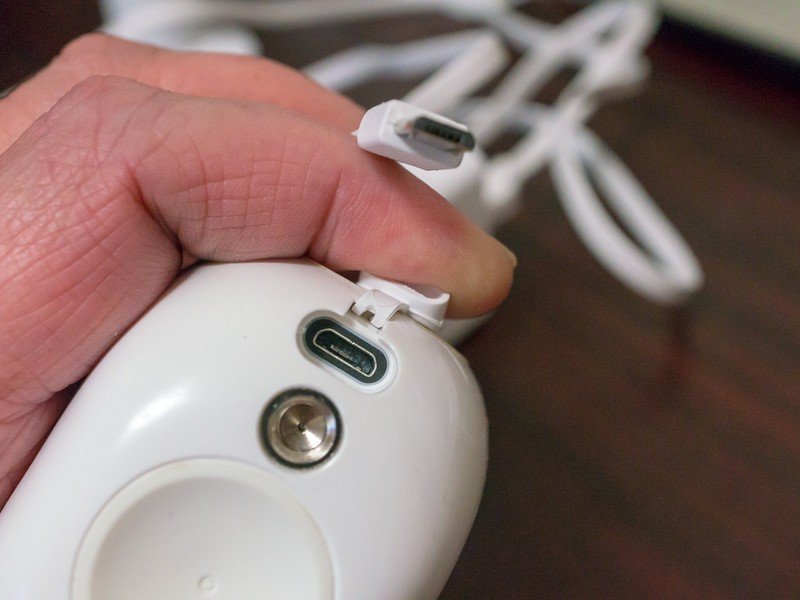
The Arlo Pro 2 cameras can be operated 100% wirelessly. A button atop the base station is how you initially connect them to your wireless network, and the battery is designed to last a year between charges during normal use. You also have the option to power the cameras through a standard micro USB port for uninterrupted operation. This also enables the use of custom activity zones to trigger a motion based event. I've found that both types of connection work well, and appreciate the zoning for my indoor camera to keep the dogs from dinging my phone 200 times each day as they run past.
The base station is included with the basic system, and it has one of the best features around back — two USB ports for attaching your own storage.
The Pro 2 system comes with a free Basic subscription plan which includes seven days of cloud video storage for up to five cameras. You can bump that up to a Premier Plan for $99 each year that extends things to 30 days of storage for up to 10 cameras. If you need more, $150 yearly gets you on the Elite plan that supports 60 days of storage for up to 15 cameras. Or you can use your own storage drives for 24/7 storage until you fill up a hard drive.
Arlo offers great prices on cloud storage, but the option to use your own local storage is great to have.
That's pretty awesome. Arlo's pricing is competitive and the service seems to work well, but the ability to use your personal storage is a game changer. That means you no longer have video only when the camera was triggered. The Arlo Pro 2 includes a "Look Back" feature that grabs three seconds of activity before an event was triggered to make sure you see everything, but you still have to have an event trigger the camera to get any footage. Local storage enables full 24/7 recording which turns your relatively inexpensive security camera into a full-fledged surveillance camera without any expensive storage fees.
Arlo does offer a CVR plan that gives 14 days of recording for $99 yearly, 30 days for $199 yearly, or 60 days for $299 yearly. That's for each camera, not for your entire system. Those USB ports make a big difference and make the Arlo Pro 2 as useful as a much more complicated PVR-based wired system without all the hassle of setting one up. That's one huge plus in my book.
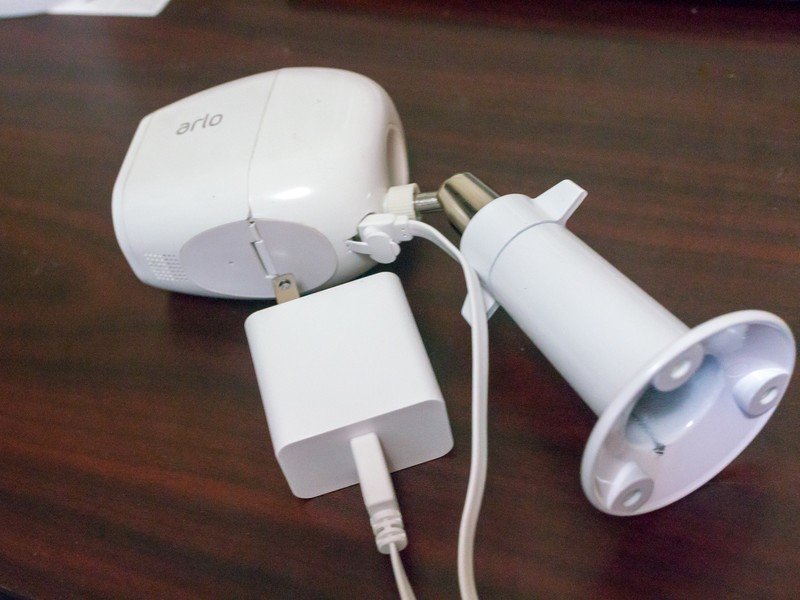
Finally, you'll love the mounting options for the Arlo Pro 2 cameras. You can use the included magnetic ball mount for any verticle or straight-down options, and the industry standard 1/4-20 threaded socket accepts any mount built for it. This makes the hardest part of setting up the cameras — screwing a mounting bracket into the wall or "wherever" — a lot more simple.
What you'll not love about the Arlo Pro 2 system
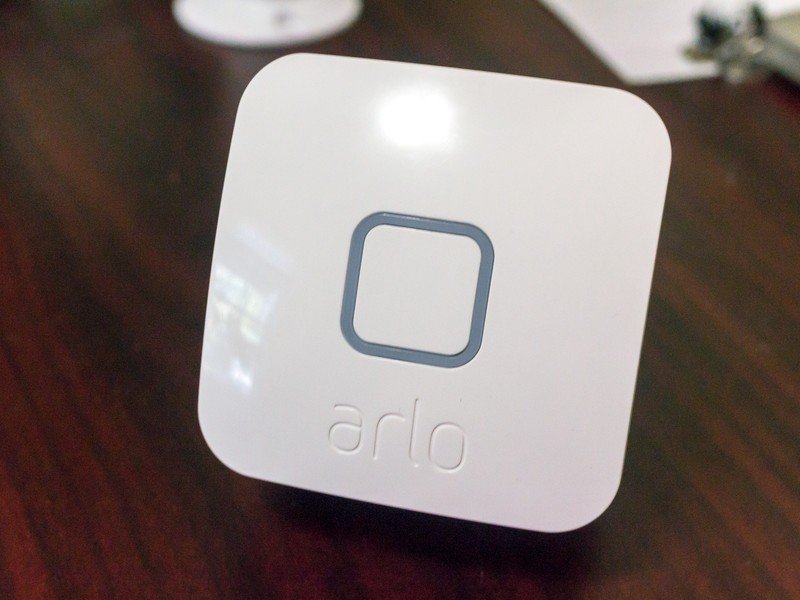
Let's start with the price. Arlo's cloud storage options are reasonable, and the option to use your own storage can't be overlooked. These sort of fees should be considered when buying a security camera system. But the basic package of a base station and two cameras retail for $365. That's a lot of money no matter how you look at it.
It's enough money that you should consider if you'll need the Arlo Pro 2's extra features that make it $100 more than the "standard" Arlo Pro package, which are a higher resolution, the 24/7 recording to local storage option, and definition of custom activity zones. For me, it's worth the extra hundred, but I use the extra features. We've compared them side by side to help you decide.
More: Arlo Pro vs. Arlo Pro 2: What are the differences and which should you buy?
Another thing you might not like and didn't expect is how dependant battery life is on the strength of your home Wi-Fi signal. Simply put, the battery is never going to last a year unless the Wi-Fi signal where you placed the camera is great. Charging the battery means taking down the camera and connecting it to the included charger. Climbing up and down a ladder isn't something everyone wants to do (or even can do), but you'll need to do it more often when you have weak Wi-Fi. Wireless does have its drawbacks.
If you use Arlo lights with your Arlo cameras you need a separate base station. Seriously.
My final niggle isn't with the Arlo Pro 2 camera system itself, but more with the "whole package" — to add Arlo Security lights requires a separate bridge. The bridge itself is small (it's pictured above), included with the price of the light package, and connecting it all together is simple. I just wasn't expecting to need another power outlet to add smart lights to my smart security system. I'm telling you so you will expect it should you buy them.
I have zero complaints about the video quality or app interface, and only mention it to say they are great. I usually despise things that require a smartphone to set up, but Arlo did well here.
Final Thoughts
Most people who are shopping for a DIY security camera system want one that works great when they need it to work and is simple to set up and use. Chances are, they also don't want to spend $1,000 or more to have someone come to the house and do it for them, which is why they went with a DIY system in the first place. You can get a security camera system that has more features than Arlo's offerings, but you'll either pay a lot more money for it or have to spend a good bit of time wiring things up and programming a PVR and hoping it all works out.
You can also pay a lot less and get a camera that's wireless and has a decent picture — the two most important things any security camera needs — but you'll not find the secondary features that make the Arlo Pro 2 stand out. There isn't one singular thing that Arlo does better than anyone else, but the total package is one of the best I've used, and I'd recommend it to anyone.
3.5 out of 5
That said, you may be better off saving money and going for the "regular" Arlo Pro system which offers almost everything the Arlo Pro 2 does at considerable savings. We all have different wants and needs, and there is a very good chance you'll not be using your own hard drives to monitor things 24/7, and if you aren't interested in using a camera indoors, you probably don't even need the activity zoning feature. Both offer two-way audio, the same inexpensive cloud-storage packages, and excellent night vision.
Either way, Arlo has impressed me with some of the best security cameras I've had the chance to use and I think anyone would be happy once they were up and running.

Jerry is an amateur woodworker and struggling shade tree mechanic. There's nothing he can't take apart, but many things he can't reassemble. You'll find him writing and speaking his loud opinion on Android Central and occasionally on Threads.
